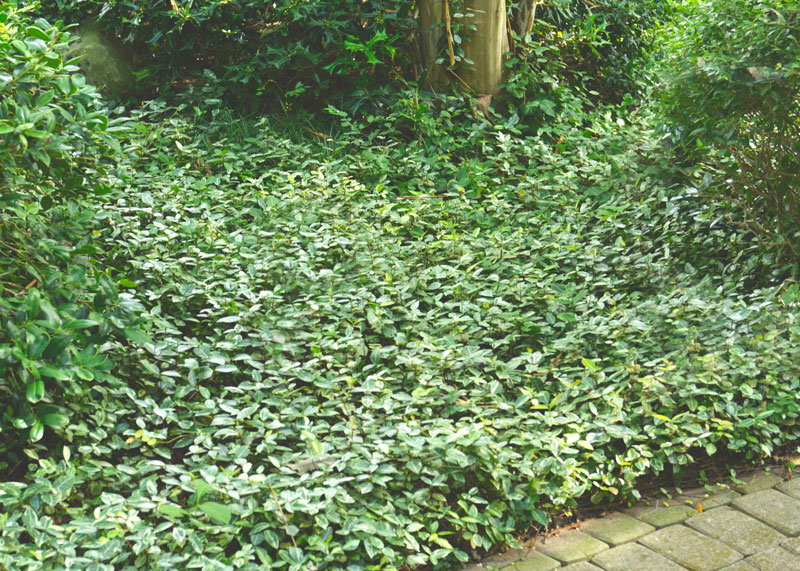Asian jasmine and its path across Texas
I told you about falling in love with copper plants after a trip to Houston with my parents back around 1960.
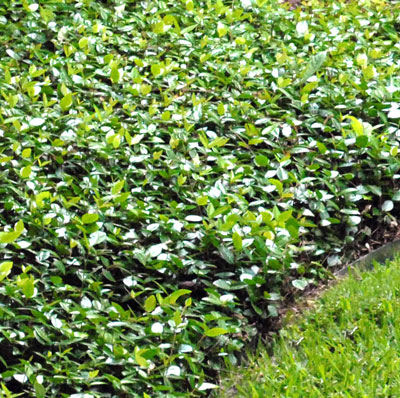
It was about that same time that I saw my first use of Asian jasmine, both by landscape architects at Texas A&M and in plantings in Houston. Once again, I was smitten. (Plant nerds are easy targets.)
As I mentioned last week, I transferred from TAMU to Ohio State where I got my two degrees in horticulture, got married and taught vocational horticulture for two years at Pioneer Vocational High School in Shelby, Ohio. I always refer to those two years as the most fun I ever had working – I loved teaching my students, but I digress.
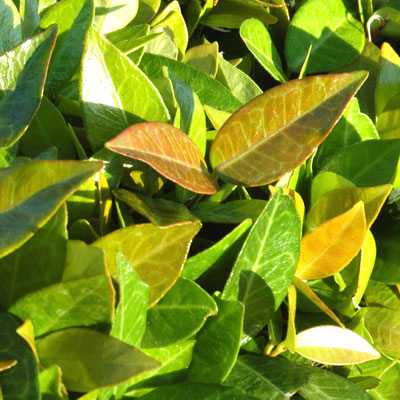
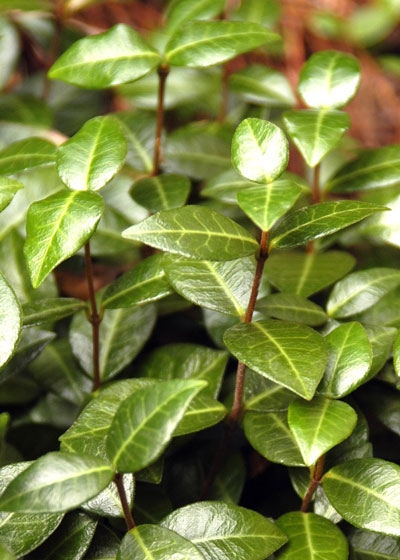
By the time Lynn and I moved to Dallas where I became County Extension Horticulturist in 1970, Asian jasmine was just about everywhere. It had hit the big time.
New selections were beginning to come into the market. I found a variegated form at Germany’s Nursery (long since closed) in Fort Worth, and that 1-gallon pot has grown to cover 200 square feet along our driveway.
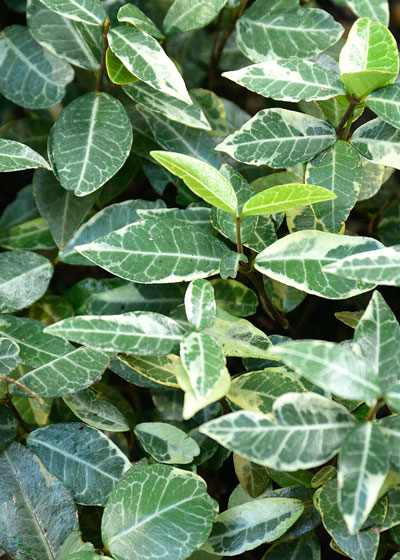
Ralph Pinkus, perhaps the best “plant man” I’ve ever known and founder of North Haven Gardens in Dallas, gave me a few plants of what he called Nortex jasmine (the name of his wholesale nursery). I’ve since seen it sold as Bronzeleaf and Longleaf Asian jasmine. By either name, it’s a lovely variant that I have growing in another part of our gardens.
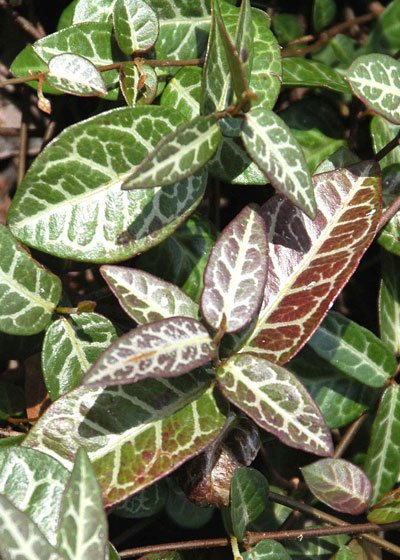
I’ve never seen insects or diseases on any of my Asian jasmine plants. The only downside that I’ve seen is that the plant browns badly (or even freezes to the ground) in extremely cold winters like we had in February 2021. But I just trim mine back and it sends out new growth immediately as the soils warm up in April. It grows well for me in full, hot sun, and it also does well in shade.
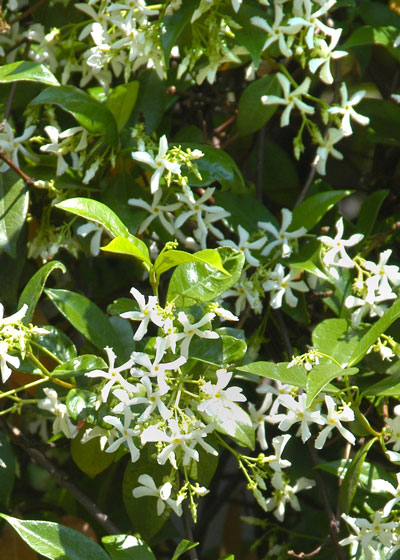
As a parting note…
Did you know that landscape contractors have been using glyphosate herbicides to eliminate bermudagrass invasions in Asian jasmine for 50 years? It’s not on the label, so I’m not intending to recommend such treatment here – just commenting that I’ve never seen it do any damage to the Asian jasmine so long as I wait until the new spring growth on the jasmine turns dark green and leathery in June. I’ve even used it myself. I’m just careful to buy a product that contains only glyphosate (no other active ingredient).

